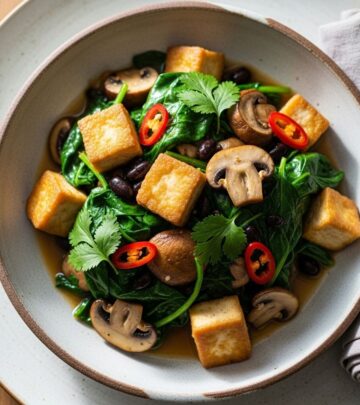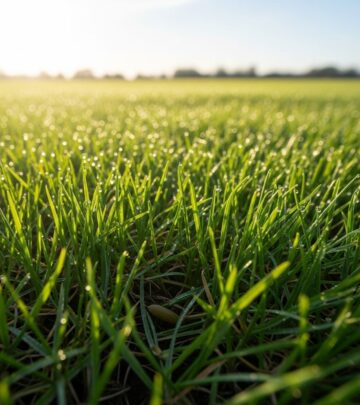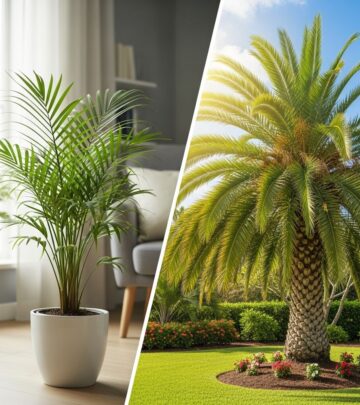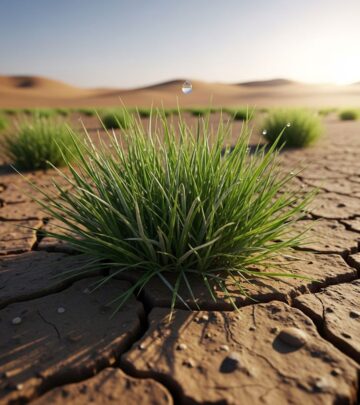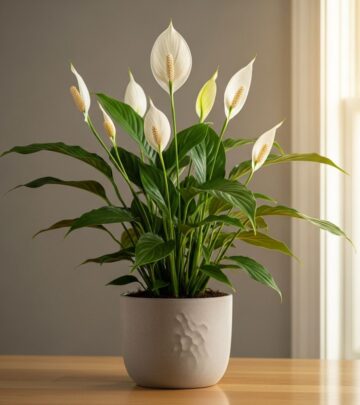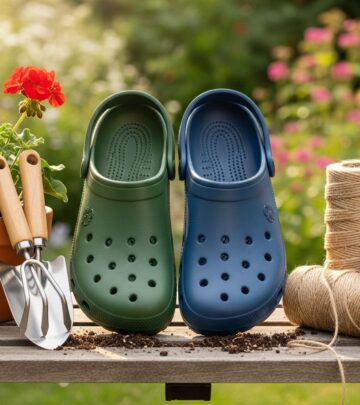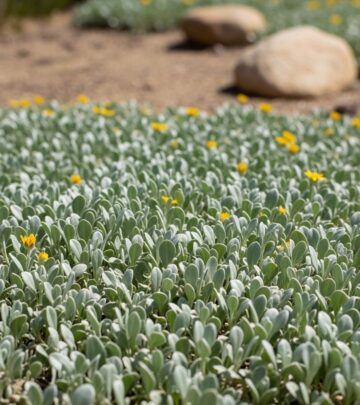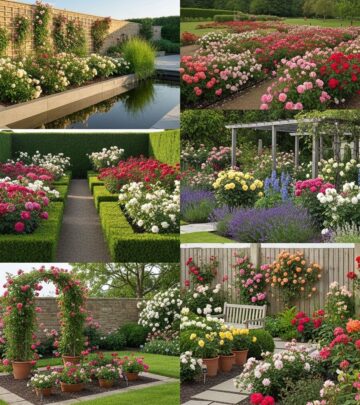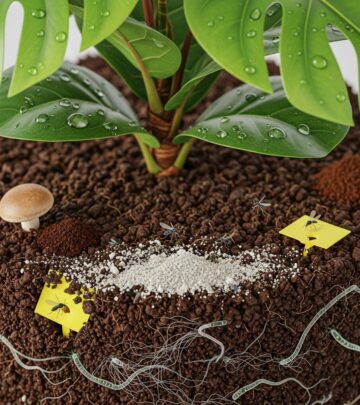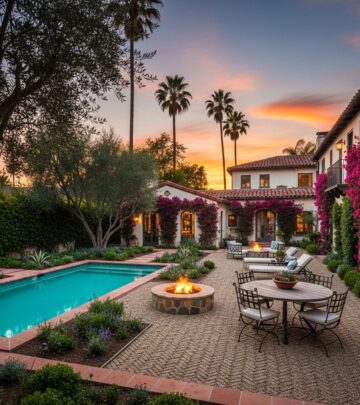Mediterranean Garden Design: 10 Top Features For Stunning Oasis
Transform your outdoor spaces with timeless charm, vibrant colors, and natural beauty.

Image: HearthJunction Design Team
Mediterranean Landscape Design: Elements, Style, and Inspiration
The Mediterranean landscape design style captures the effortless allure of coastal living found in countries like Spain, Italy, and Greece. Renowned for its blend of elegant forms, lush yet drought-tolerant plantings, and inviting outdoor living spaces, Mediterranean design creates gardens that are both practical and undeniably beautiful. This comprehensive guide explores the core principles, materials, plant palettes, and creative ideas you can use to cultivate your own Mediterranean-inspired outdoor retreat.
What Defines Mediterranean Landscape Design?
Mediterranean landscapes are distinguished by their relaxed, rustic charm and sustainable approach to planting and materials. They evoke the feel of sun-drenched villas, with shade-dappled patios, fragrant gardens, and the gentle sound of water features. These gardens are designed to thrive in hot, dry climates, making them ideal for water-wise and low-maintenance spaces.
- Effortless, informal beauty: Mediterranean gardens embrace simplicity, blending textures and natural materials for an understated, timeless look.
- Indoor-outdoor lifestyle: Spaces are arranged to encourage relaxation, dining, and entertaining outside.
- Harmony with nature: Drought-tolerant plants, permeable surfaces, and sustainable features support the local ecosystem.
Core Elements of Mediterranean Landscape Design
Successful Mediterranean gardens artfully combine architecture, planting, and furnishings to foster a cohesive atmosphere. Below are the defining elements that give Mediterranean landscapes their unique character:
1. Terracotta and Tiled Roofs
One signature feature of Mediterranean homes and gardens is the use of terracotta or clay tiles. These tiles not only evoke a Tuscan or Spanish feel but also regulate temperature and require minimal maintenance. Consider capping walls or outbuildings with curved clay tiles for an authentic touch.
2. Plastered Walls
Brightly painted or whitewashed stucco and plastered walls set a luminous backdrop for lush plantings and vibrant accents. Often accented with climbing vines or bold paint colors, these walls reflect sunlight and reinforce a relaxed, Southern European vibe.
3. Stonework and Masonry
Natural stone is a cornerstone of Mediterranean landscape design. Used for pathways, patios, retaining walls, and even water features, its warm, earthy hues and textures blend seamlessly with the overall garden palette. Opt for flagstone, limestone, or sandstone to create rustic pathways and terraces that echo the timeless landscapes of the Mediterranean region.
4. Drought-Tolerant Plants
Mediterranean landscapes prioritize plants that thrive in hot, dry climates and require minimal irrigation. Not only are these plantings environmentally friendly, but they also infuse the garden with color, fragrance, and texture throughout the year.
- Olive trees
- Lavender
- Rosemary
- Bougainvillea
- Agave and succulents
- Citrus trees
5. Decorative Tilework
Mosaic tiles and painted ceramics are woven into Mediterranean design, whether as accents on steps, fountains, benches, or walls. Their vibrant patterns and colors provide visual excitement and reinforce the garden’s connection to Mediterranean culture.
6. Rustic Wood Features
Weathered wood is used for pergolas, arbors, benches, and gates, contributing to the landscape’s aged, artisanal feel. Exposed beams and sturdy posts can define outdoor rooms while supporting climbing plants like wisteria or grapevines.
7. Water Features
Fountains, bubbling urns, and small ponds bring tranquility and a cooling effect to Mediterranean gardens. The soft sound of water offers a sensory counterpoint to the sun-baked stone and foliage, drawing people deeper into the landscape.
8. Colorful Accents
Splashes of color abound, from blue-glazed pottery and patterned cushions to painted gates and garden art. Accents in cobalt blue, ochre, terracotta, and sun-washed yellow echo the landscapes and buildings found throughout the Mediterranean coast.
9. Comfortable Outdoor Furniture
Furniture is chosen for relaxation and durability. Look for wrought iron, weathered wood, rattan, and plush cushions in sun- and fade-resistant fabrics. Dining tables, lounge chairs, and benches help create a welcoming space for gatherings.
10. Gravel and Natural Surfaces
Permeable, crushed gravel and decomposed granite paths keep the ground cool, reduce water runoff, and evoke the crunch and informality typical of Mediterranean gardens. These surfaces unify the landscape and are easy to maintain.
Key Features at a Glance
| Element | Description |
|---|---|
| Terracotta/Tile Roofs | Clay tiles for roofing and edging, long-lasting and temperature regulating |
| Plastered Walls | Brightly painted or whitewashed surfaces, often with climbing plants |
| Stonework | Pathways, patios, and walls crafted from natural stone |
| Drought-Tolerant Plants | Olives, lavender, rosemary, and succulents for low water needs |
| Tilework | Colorful mosaic tiles on surfaces and features |
| Rustic Wood | Pergolas, beams, and benches in weathered finishes |
| Water Features | Fountains and ponds for tranquility |
| Colorful Accents | Vibrant pottery, textiles, and accessories |
| Comfortable Furniture | Wrought iron and wood seating, plush cushions |
| Natural Surfaces | Gravel and decomposed granite for paths and courtyards |
Plant Palette: Lush Yet Water-Wise
The Mediterranean plant palette is renowned for its ability to offer year-round interest while conserving water. Plants are chosen for texture, fragrance, resilience, and visual impact. Here are some key groups:
- Trees: Olive, citrus, fig, cypress, pomegranate
- Shrubs: Lavender, rosemary, bay laurel, myrtle, oleander
- Climbers: Bougainvillea, jasmine, wisteria, grapevine
- Groundcovers: Thyme, ice plant, creeping rosemary
- Succulents: Agave, aloe, echeveria
Emphasize architectural foliage, aromatic herbs, and abundant blooms. Intermix silvery, gray-green, and deep green leaf tones for a dynamic but harmonious effect.
Color and Texture in Mediterranean Landscapes
Color is wielded with confidence in Mediterranean gardens. Bold hues are tempered with neutrals and earthy textures for balance.
- Palette: Terracotta, ochre, sun-bleached white, cobalt blue, sage, soft lavender
- Materials: Plaster, natural stone, terra cotta, wood, iron, and glazed ceramics
- Contrast: Silvery foliage against warm walls, bright pottery nestled among greenery, splashes of bougainvillea pink or blue tiles
Texture comes from a variety of sources: rough-hewn stone, fine gravel, glossy leaves, and textural wood or ironwork. Together, these elements create a tactile, sensory-rich environment.
Outdoor Living Spaces: The Heart of Mediterranean Gardens
Central to Mediterranean landscape design is the creation of outdoor living spaces that invite relaxation and social gatherings. These are often designed as extensions of the home, seamlessly blending indoor comforts with open-air enjoyment.
- Pergolas and Arbors: Provide filtered shade and support for climbing vines.
- Patios and Courtyards: Paved with stone or tile, furnished for lounging and dining al fresco.
- Outdoor Kitchens: Pizza ovens, built-in grills, and dining tables set the stage for Mediterranean-style entertaining.
- Fireplaces and Fire Pits: Offer warmth and ambiance on cool evenings.
Comfort is elevated with plush cushions, lanterns, potted herbs, and twinkling string lights. The goal is to create a seamless flow between house and garden, with zones for cooking, relaxing, and celebrating.
Sustainable Mediterranean Gardening Practices
Because it draws on plants and features adapted to drought and heat, Mediterranean design is naturally aligned with sustainable gardening:
- Emphasize native and drought-tolerant plants to reduce irrigation needs
- Use permeable surfaces like gravel and decomposed granite to conserve water and prevent runoff
- Choose reclaimed or locally sourced stone and wood for hardscape elements
- Incorporate rainwater collection or simple graywater systems when possible
This approach ensures that your garden remains beautiful and resilient while respecting the local environment.
Inspirational Mediterranean Garden Ideas
- Frame a stone pathway with lavender and rosemary for fragrance and color
- Hang blue-glazed pots filled with trailing succulents on a whitewashed wall
- Install a classic tiered fountain or ceramic pot water feature as a focal point
- Mix terracotta pots in varied sizes for herbs, citrus, and annual color
- Use wrought iron trellises to support climbing bougainvillea or jasmine
- Furnish a shaded patio with plush, patterned cushions and a tile-topped bistro table
- Plant olive or citrus trees in large containers to define entryways or anchor garden corners
FAQs: Mediterranean Landscape Design
What is the best climate for a Mediterranean-style garden?
Mediterranean landscape design thrives in regions with hot, dry summers and mild, wet winters. However, with the right plant selection and drainage, this style can be adapted to many climates.
Can I create a Mediterranean garden in a small space?
Yes. Even balconies or small courtyards can capture Mediterranean flair with the use of potted citrus, olive trees, bright tiles, and compact, drought-tolerant plants.
What are some classic Mediterranean plants?
Classic choices include olive and citrus trees, lavender, rosemary, sage, thyme, bougainvillea, and succulents like agave and aloe. These plants are prized for their resilience and beauty.
How do I maintain a Mediterranean landscape?
These gardens are generally low-maintenance if drought-tolerant plants are established. Prune shrubs lightly after flowering, replenish gravel paths as needed, and protect terracotta pots from frost in colder climates.
What materials work best for Mediterranean hardscaping?
Use natural stone, terracotta, plastered walls, wrought iron, and rustic wood. Mosaic tiles and pottery accents add color and reinforce the theme.
Conclusion
Mediterranean landscape design is a celebration of outdoor living that gracefully combines beauty, sustainability, and comfort. By incorporating its signature elements—plastered walls, stone pathways, terracotta tiles, water features, and drought-tolerant plantings—you can create a retreat that feels serene, inviting, and timeless. Whether on a grand estate or a cozy patio, the Mediterranean style transforms any outdoor space into an oasis inspired by sun-soaked shores and the easy pleasures of coastal living.
References
- https://pacificoutdoorliving.com/blog/elements-of-mediterranean-inspired-landscapes/
- https://dennis7dees.com/how-to-design-a-mediterranean-landscape/
- https://www.monrovia.com/be-inspired/mediterranean-garden-design-inspiration.html
- https://pacifichorticulture.org/articles/the-mediterranean-garden-image-style-or-cultural-expression/
- https://www.thecuttingedgelandscape.com/mediterranean-landscape-design-a-guide/
Read full bio of medha deb


